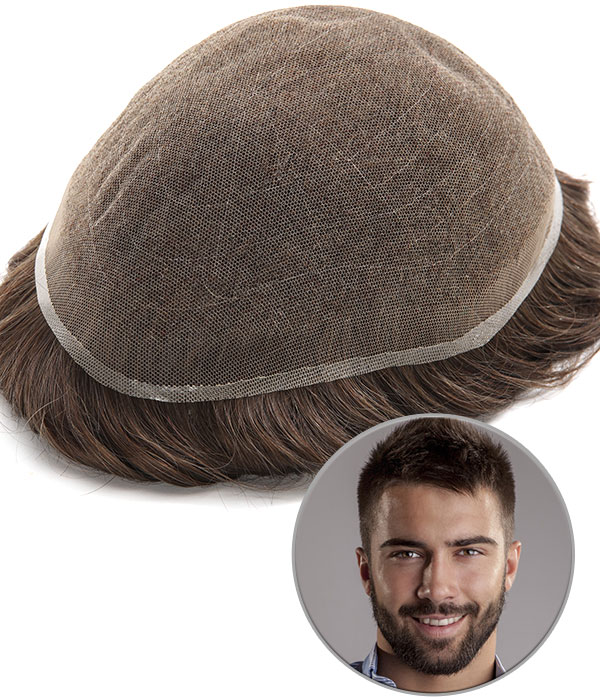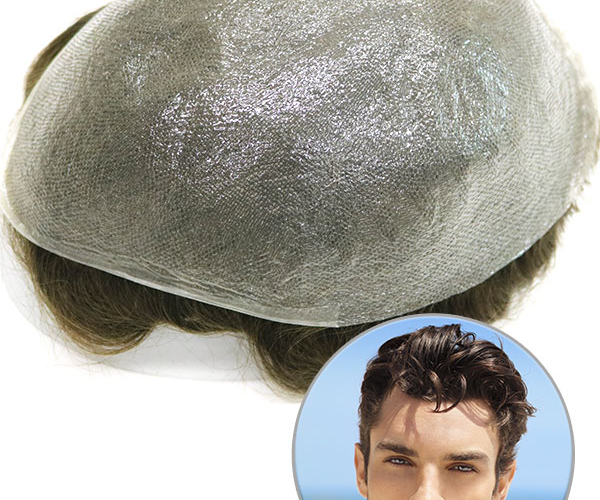The widely used wigs are not a modern phenomenon. Beyond your image, the history of wigs has more than one thousand years.
Ancient Egypt:
There exist first wigs in ancient Egypt. For ancient Egyptians, a close shave is a fashion. Because it not only can prevent louse and heat but also can is the religious reason. For priests, they should shave off other body hair. In condition, a wig that is well-maintained, perfumed is a status symbol.
Ancient Greece and Rome:
In this period, people can not understand the real reason for bald. Instead, they perceive bald as the punishment of Providence. For ancient Romans, they have prejudice about baldy. They even try to forbid bald men running for parliament by passing a “bald law”. For nobility, they feed slaves to support wigs. While for bald slaves, they just can be sold at half price.
In wartime, the ancient Roman also loot the hair of captured inhabitants. At the same time. For poor people, they can get some money by selling their hair. However, with the decline and fall of Rome, until the 16 century, the wig becomes popular again.
Medieval Europe:
In this period, although wearing wigs is forbidden, yet there also are many fans and users. In this climate, the bald lords have to buy wigs like drugs.
With the advent of the Renaissance, the bald aristocracies are rescued. In this process, the French play a leading role. In terms of Enlightenment thinker Diderot, he says: “in ancient Gaul, the long hair is the symbol of glory and freedom. In dynasties, it is the symbol of royal lineage. Others should cut based on the order.”

16th Century Europe:
When Columbus returns to Europe, he not only brings the new message but also syphilis. To treat syphilis, they have to use mercury to scrub or fumigate the affected area. However, this treatment can not cure syphilis but contribute to mercury poisoning and hair loss. In the eye of people at this period, having long hair is a symbol of decent people. So this opinion stimulates the need for hairpieces.
18th Century England and America:
For a man who has long hair wigs, it will be easy to become a target for thieves. For thieves, they steal wigs instead of bags. At this time, wigs are also popular in America. The founding fathers of the united states usually wear short hair wigs.
China:
A little later than ancient Egypt, the earliest document in china is Chunqiu, (Chinese: “Spring and Autumn [Annals]”). Similar to western, the widely used in the privileged class.
In the three kingdom periods, the females use buns. After this period, there exist many types of hairpieces. The peak of wigs in China should be the Tang dynasty. According to an ancient document, in terms of wigs, the Silla paying tribute to the Tang dynasty many times. We can see the large demand in this period.
Korea:
In ancient Korea, they have a rule that the married woman and female officials must wear wigs.
21th Century:
For people all over the world, hair loss is a problem. Wearing wigs is a fashionable and healthy option.
